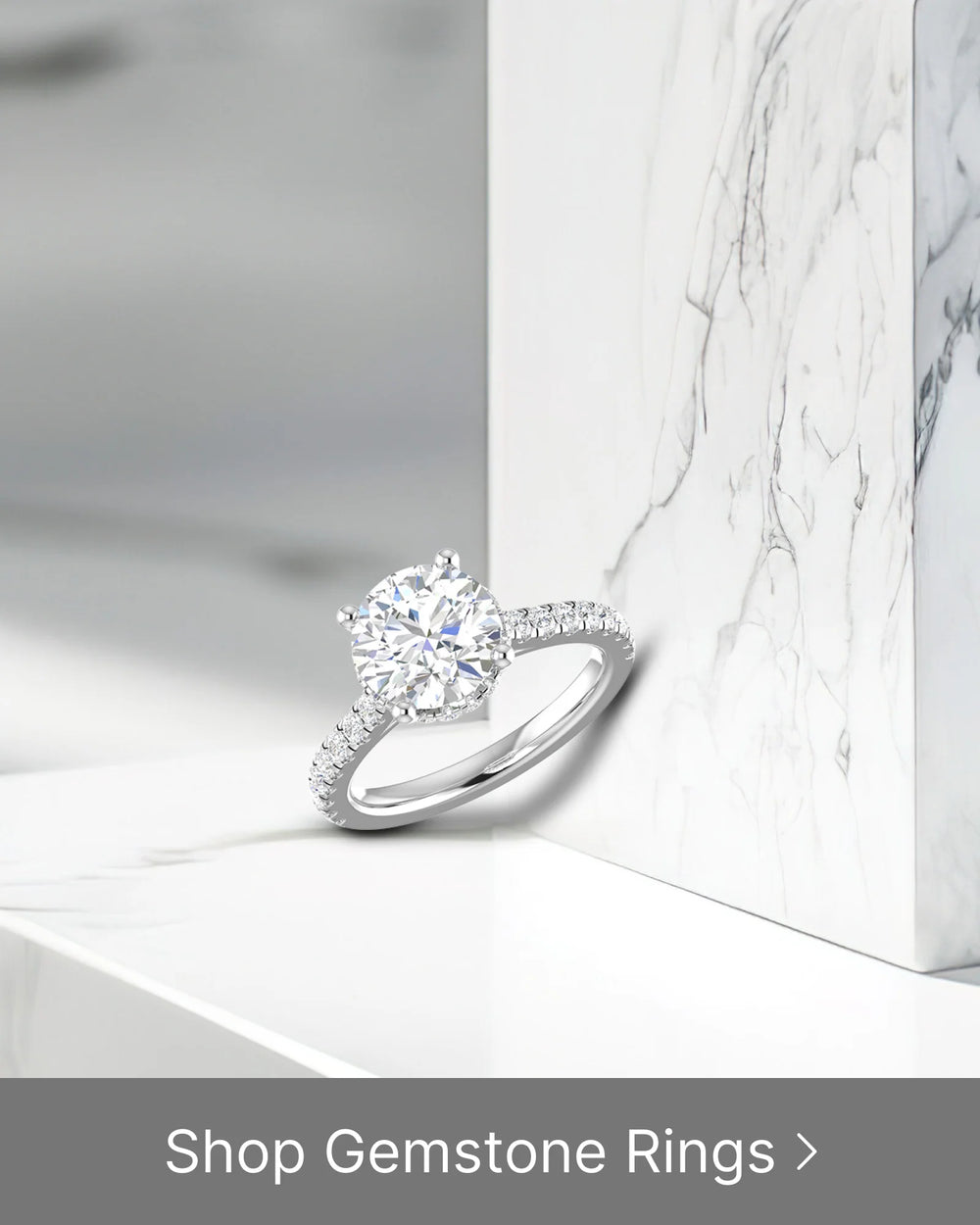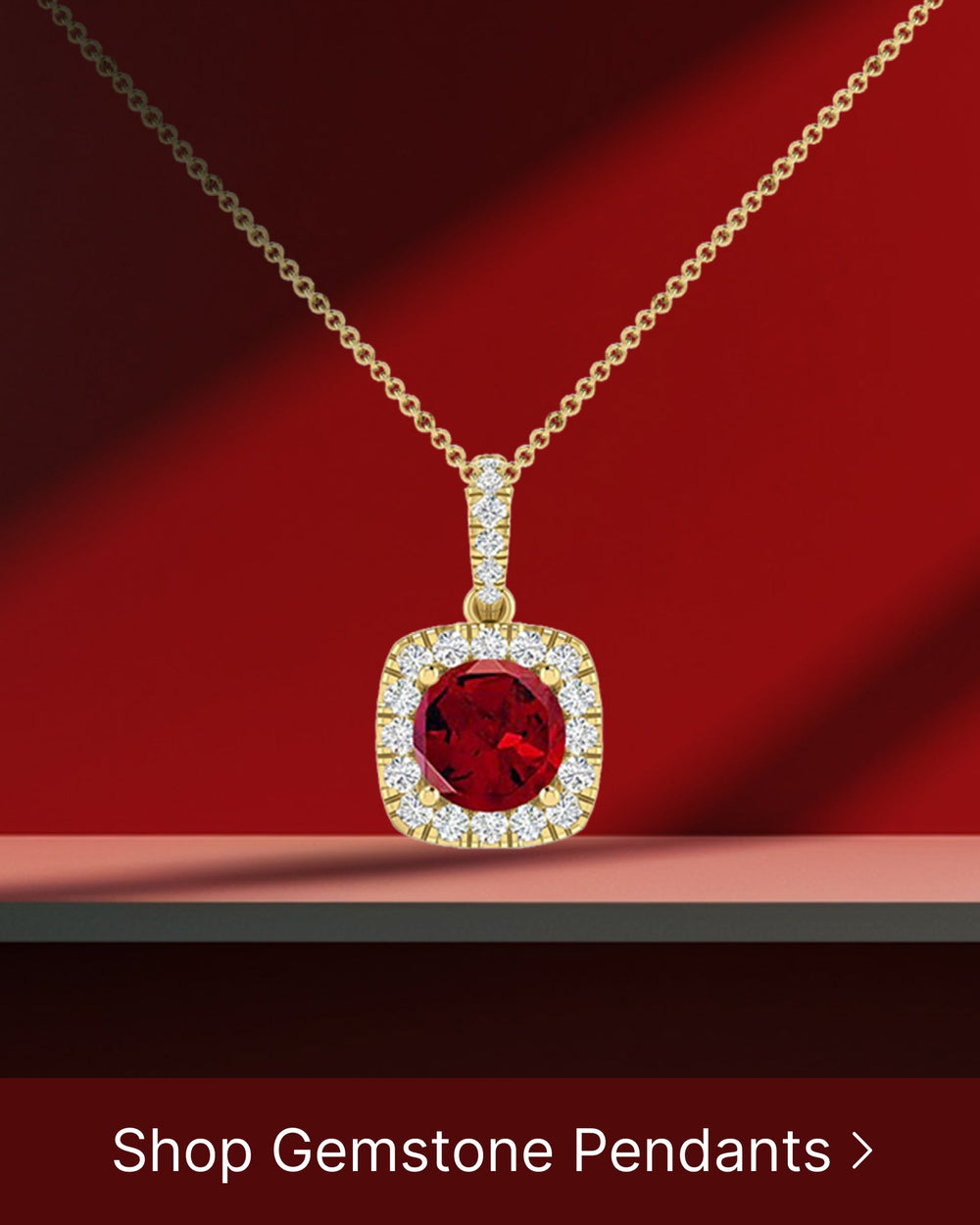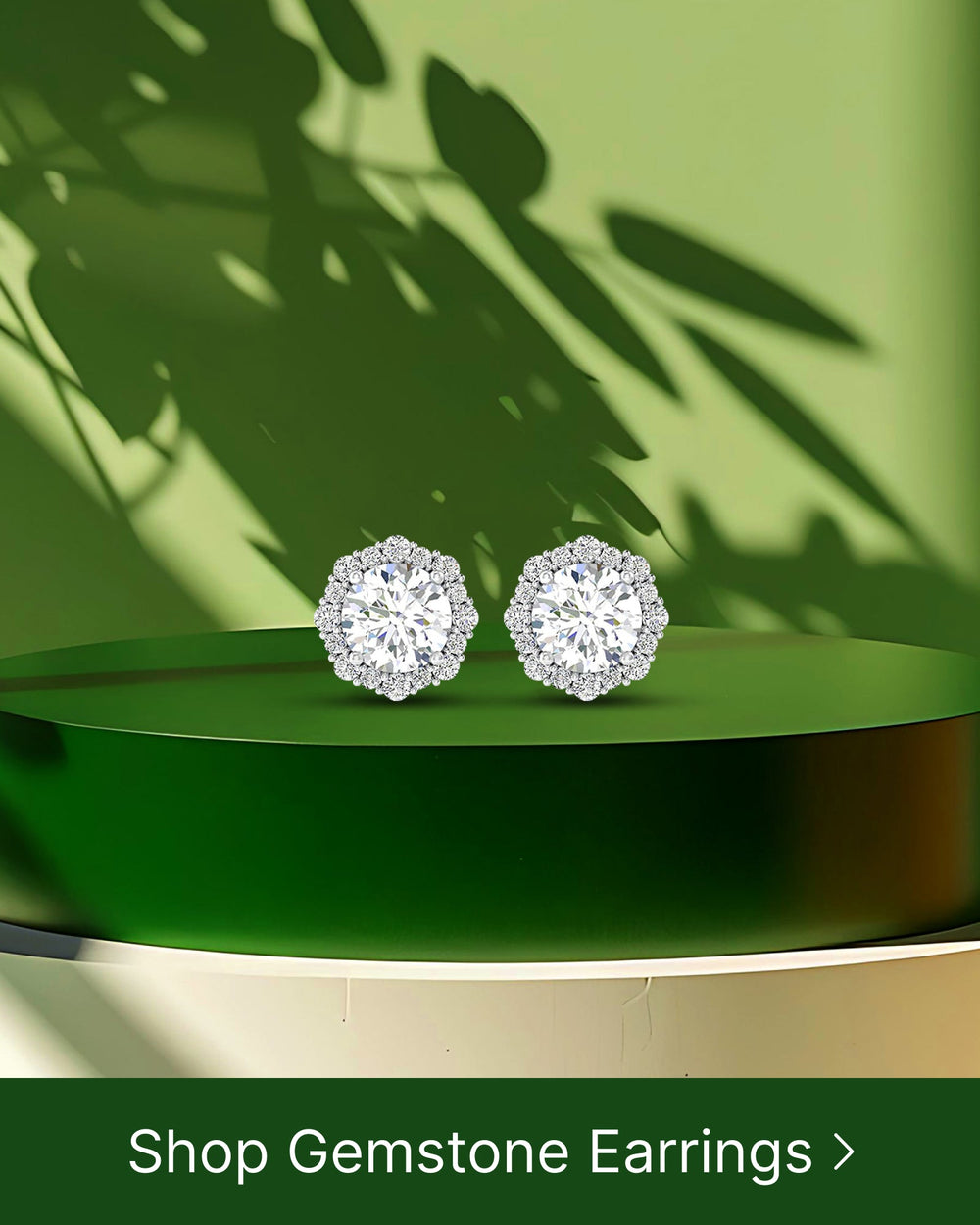Diamond fluorescence is an intriguing characteristic that can greatly influence a diamond's appearance and value. Understanding the science, impact, and considerations associated with fluorescence is essential for those looking to make an informed diamond purchase. In this article, we will delve into the significance of a diamond's fluorescence color and explore its various aspects.
Understanding Diamond Fluorescence
Before we explore the significance of a diamond's fluorescence color, let us first understand what fluorescence is. Fluorescence is a fascinating phenomenon that adds an extra element of beauty to diamonds. When a diamond is exposed to ultraviolet (UV) light, it emits a soft glow, creating a mesmerizing effect. This unique characteristic has captivated diamond enthusiasts and experts alike, leading to a deeper exploration of its intricacies.
Now, let's delve into the science behind fluorescence in diamonds. Fluorescence is a result of the presence of certain elements within the diamond's crystal structure. One of the most common elements that contribute to fluorescence is nitrogen. When UV light interacts with the nitrogen atoms, it excites them, causing the diamond to emit a visible light. It's like the diamond is putting on a show, radiating its own vibrant energy.
However, it's important to note that not all diamonds exhibit the same level of fluorescence. The intensity and color of fluorescence can vary significantly from one diamond to another. This variation is influenced by the amount and type of elements present in the diamond. Diamonds with a higher concentration of nitrogen tend to exhibit stronger fluorescence, while those with a lower concentration may have a more subtle glow.
Common Fluorescence Colors in Diamonds
Diamond fluorescence can appear in a range of captivating colors, each adding its own unique charm to the stone. The most common fluorescence color in diamonds is blue, which can manifest in various intensities, from faint to strong. This blue fluorescence has a magical quality, adding a touch of enchantment to the diamond's appearance.
While blue fluorescence is the most prevalent, diamonds can also exhibit other fluorescence colors, albeit less frequently. Yellow fluorescence is another color that can be observed in diamonds, giving them a warm and sunny glow. White fluorescence, on the other hand, enhances the diamond's brilliance, creating a dazzling display of light.
Occasionally, diamonds may even exhibit rare fluorescence colors such as green or orange. These unique hues are highly sought after by collectors and connoisseurs due to their rarity and distinctiveness. They add an element of exclusivity to the diamond, making it truly one-of-a-kind.
It's important to emphasize that the fluorescence color of a diamond does not directly correlate with its color grade. Fluorescence is a separate characteristic that can enhance or complement a diamond's overall appearance. In fact, some diamonds with fluorescence may even appear more vibrant and lively compared to those without.
Understanding diamond fluorescence opens up a world of possibilities for diamond enthusiasts and buyers. It allows them to appreciate the intricate beauty and unique qualities that each diamond possesses. Whether it's the soft blue glow or the rare green shimmer, fluorescence adds an extra dimension to the already captivating allure of diamonds.
The Impact of Fluorescence on Diamond Appearance
Now that we understand the basics of diamond fluorescence, let us explore its impact on a diamond's appearance. The presence of fluorescence can either enhance or detract from a diamond's visual appeal, depending on various factors.
Fluorescence and Diamond Color
One of the key considerations when assessing the impact of fluorescence on a diamond is its interaction with the diamond's color. In some cases, especially with lower-colored diamonds, blue fluorescence can make the diamond appear slightly whiter. This phenomenon occurs because the blue fluorescence can counterbalance the yellow tint in the diamond, creating a more colorless appearance. However, it is important to note that this effect is not universally applicable to all diamonds. The impact of fluorescence on color can vary depending on the intensity of the fluorescence and the specific color grade of the diamond. In higher-colored diamonds, strong fluorescence can create a milky or hazy effect, reducing the diamond's brilliance. This occurs when the fluorescence overwhelms the diamond's natural color, resulting in a cloudy appearance. Therefore, when considering the impact of fluorescence on diamond color, it is crucial to consider the specific characteristics of the diamond in question.
Fluorescence and Diamond Clarity
While fluorescence does not directly affect a diamond's clarity grade, it can influence the way inclusions appear within the stone. Inclusions are natural imperfections within a diamond, such as tiny crystals or fractures. Faint to medium fluorescence can sometimes help to mask minor inclusions, making the diamond appear cleaner to the naked eye. This occurs because the fluorescence can create a diffusing effect, minimizing the visibility of these imperfections. However, it is important to note that fluorescence cannot completely eliminate inclusions or improve the clarity grade of a diamond. On the other hand, strong fluorescence can accentuate inclusions, impacting the diamond's overall clarity appearance. This occurs when the fluorescence interacts with the inclusions, causing them to stand out more prominently. Therefore, the impact of fluorescence on diamond clarity is highly dependent on the specific characteristics and intensity of the fluorescence, as well as the nature and visibility of the inclusions.
In conclusion, the impact of fluorescence on a diamond's appearance is a complex and multifaceted topic. While fluorescence can enhance the color of lower-colored diamonds and mask minor inclusions, it can also create a milky or hazy effect in higher-colored diamonds and accentuate inclusions in certain cases. Therefore, when evaluating the impact of fluorescence on a diamond, it is crucial to consider the specific characteristics of the diamond, including its color grade, clarity grade, and the intensity of fluorescence. By taking these factors into account, one can make a more informed decision when selecting a diamond based on its appearance.
Fluorescence and Diamond Value
When it comes to diamond value, fluorescence can be a complex factor to consider. Certain combinations of fluorescence and other diamond characteristics can greatly impact the diamond's price. Let's explore how fluorescence affects diamond pricing and its role in diamond grading.
Fluorescence, in the context of diamonds, refers to the emission of visible light when a diamond is exposed to ultraviolet (UV) light. This phenomenon is caused by the presence of certain elements, such as nitrogen, within the diamond's crystal structure. While fluorescence is a natural characteristic of some diamonds, its presence can influence how a diamond is perceived and valued.
The impact of fluorescence on diamond pricing can vary based on different factors, including the color and intensity of the fluorescence. Generally, diamonds with faint to medium fluorescence do not experience a significant impact on their price. This is because the fluorescence is not strong enough to affect the diamond's appearance or transparency. However, diamonds with strong fluorescence, especially in higher color grades, may be valued lower due to concerns about reduced transparency.
One of the main concerns with strong fluorescence is that it can make a diamond appear hazy or milky, especially under certain lighting conditions. This can detract from the diamond's overall beauty and affect its desirability in the market. As a result, diamonds with strong fluorescence are often priced lower compared to similar diamonds without fluorescence.
It's important to note that the impact of fluorescence on diamond pricing is not always negative. In some cases, fluorescence can enhance the appearance of a diamond, making it appear whiter or brighter. This is particularly true for diamonds with lower color grades, as the fluorescence can offset the slight yellowish tint and make the diamond appear more colorless.
Fluorescence: A Factor in Diamond Grading
Fluorescence is considered by reputable diamond grading laboratories. It is mentioned on grading reports as an additional characteristic. Understanding how fluorescence affects the overall grading and how it aligns with personal preferences is vital when selecting a diamond.
When a diamond is sent to a grading laboratory, the presence and intensity of fluorescence are evaluated and recorded. The grading report will indicate the strength of fluorescence, ranging from none to very strong. This information provides potential buyers with a comprehensive understanding of the diamond's characteristics.
While some individuals may prefer diamonds with no fluorescence, others may appreciate the unique glow that fluorescence can bring. Personal preferences play a significant role in determining the desirability and value of a diamond with fluorescence. Some people find that diamonds with fluorescence have a distinct charm and character that sets them apart from other diamonds.
Ultimately, the impact of fluorescence on diamond value is subjective and depends on individual preferences. It is essential to consider various factors, such as the diamond's color, clarity, and cut, in conjunction with fluorescence when assessing its overall value and desirability.
Choosing the Right Fluorescence for Your Diamond
Now that we have explored the science, impact, and value of diamond fluorescence, let's discuss considerations for choosing the right fluorescence for your diamond.
Considerations for Buying Fluorescent Diamonds
When buying a diamond with fluorescence, it is important to consider factors such as personal preferences, the diamond's color grade, and the overall appearance under different lighting conditions. Consulting with a reputable jeweler can help guide you towards the right choice based on your specific preferences and needs.
Fluorescence and Personal Preference
Personal preference plays a significant role in deciding whether a diamond with fluorescence is the right choice for you. Some individuals appreciate the unique glow that fluorescence imparts to a diamond, while others prefer a diamond without fluorescence for a more classic look. Ultimately, it is a matter of personal taste and the overall aesthetic appeal you desire.
In conclusion, the significance of a diamond's fluorescence color lies in its impact on the diamond's appearance and value. Understanding the science behind fluorescence, its interaction with color and clarity, and its role in pricing and grading can help you make an informed decision when purchasing a diamond. By considering both the objective qualities and your personal preferences, you can select a diamond with the right fluorescence that aligns with your unique style and preferences.






